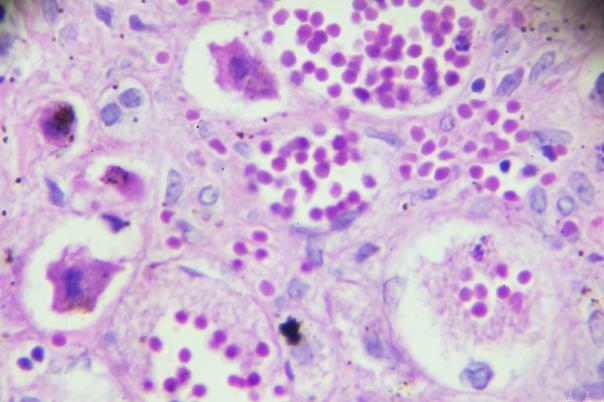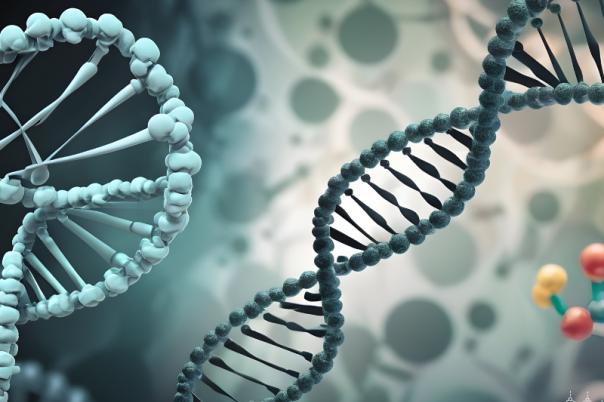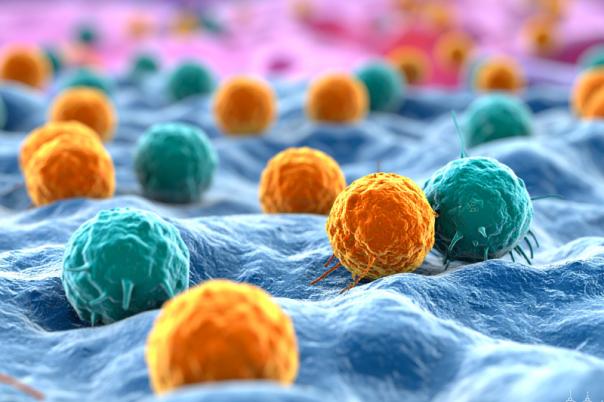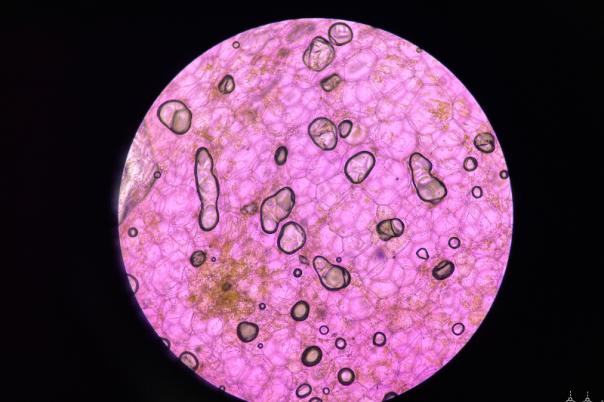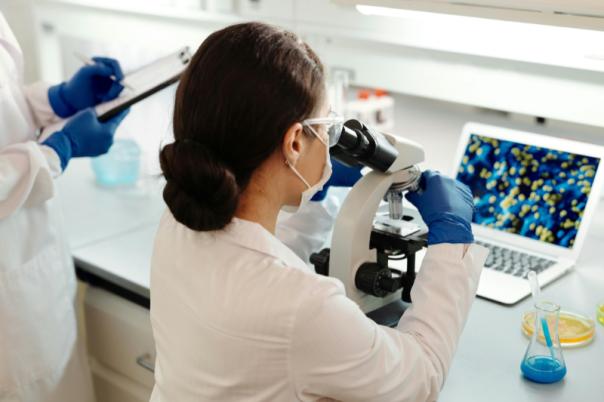The spatial organisation of cells and tissue determines function. Within the context of the brain, synaptic inputs are spatially regulated, therefore output from pre-synaptic and inputs onto post-synaptic cells are spatially organised to encode signals. So why use transcriptomics in neuroscience? Sam Jackson, Tools and Technology Platform Manager at the UK Dementia Research Institute (UKDRI) pinned down an answer to this burning question. He briefly touched on the long history of spatial observation in neuroscience dating back to 17th century BC Egypt. Some key milestones included the Edwin Smith Surgical Papyrus and the development of anatomy books in the 13th and 14th centuries.
The UKDRI comprises six universities and seven centres nationwide. The expertise at these centres ranges from the interplay between the immune and vascular systems with dementia to the early phases of neurodegeneration in dementia. The UKDRI’s goal is to advance spatial and single-cell transcriptomics through shared technology platforms and expertise.
To foster collaboration, the UKDRI is going to set up a user group and discuss spatial techniques used across the different centres. Jackson hopes that this will help new or experienced users link single-cell and spatial omics more generally. He emphasized the need to form networks and resources to support academics in spatial biology.
A flash poll conducted by Jackson on the biggest challenge for academic scientists using spatial transcriptomics showed that four core areas present obstacles: practical and technical considerations, data analysis difficulties, high costs, and data quality issues. Jackson stressed the need for better data analysis tools and standardisation.
To address these issues, the UKDRI is developing a spatial transcriptomics platform at UCL that offers both research services and training opportunities. The institute is also working on an exciting initiative that enhances remote accessibility by allowing researchers to send samples for analysis and collaborate between spatial biology labs.
Jackson advocated for setting up local and international networks, creating an online data repository, and developing tools for biologists to analyse data independently. These networks could enhance knowledge sharing, set best practices, and drive standardisation in the field.

